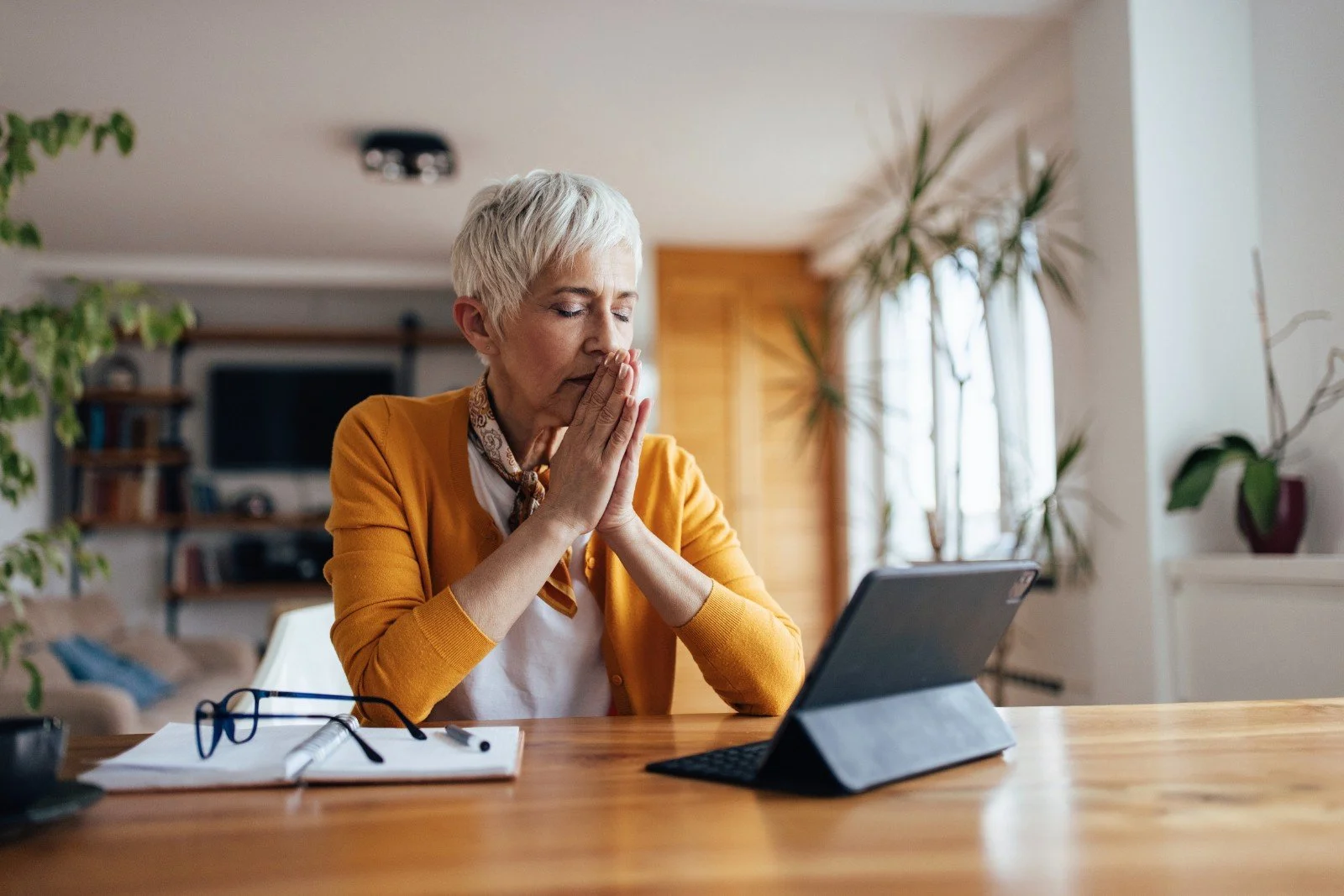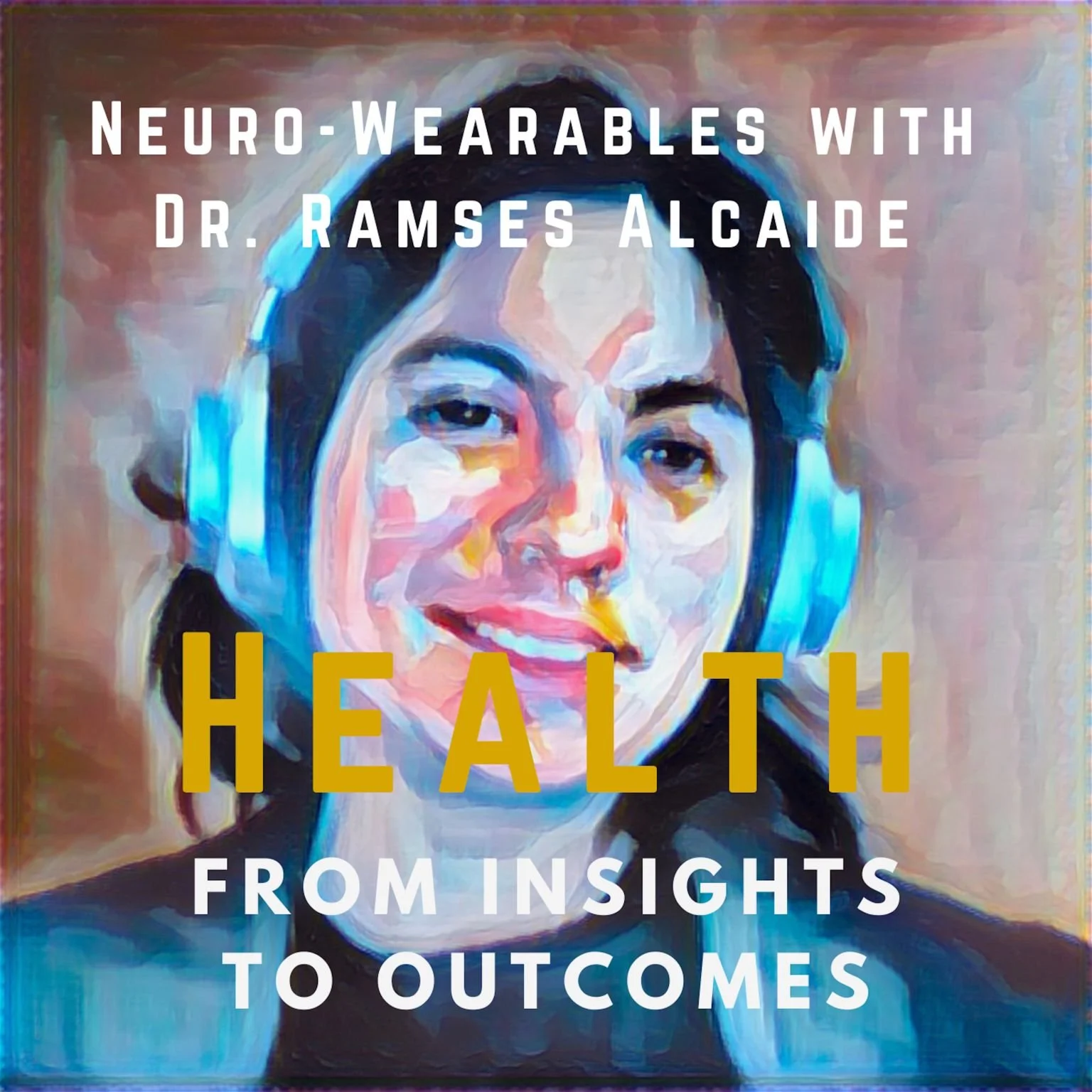Focus on Physicians:
Insights, Ideas, and Strategies
Art, Meditation, and Medical Practice: Johannes Vermeer's The Geographer
Art therapists use art as a way to explore complicated emotions and improve self-awareness for people experiencing physical or mental health challenges. But art offers many other paths to well-being and connection, especially for physicians and others engaged in the hard work of healthcare.
For centuries, art and science were deeply intertwined, yet in the modern era we often lose sight of the ways that art can illuminate medical practice. In this article I’ll show you how engaging with art mindfully, through what some call contemplative viewing, can spark both introspection and connection.
An earlier version of this article originally appeared on this site in July 2022.
Art therapists use art as a way to explore complicated emotions and improve self-awareness for people experiencing physical or mental health challenges. But art offers many other paths to well-being and connection, especially for physicians and others engaged in the hard work of healthcare.
For centuries, art and science were deeply intertwined, yet in the modern era we often lose sight of the ways that art can illuminate medical practice. In this article I’ll show you how engaging with art mindfully, through what some call contemplative viewing, can spark both introspection and connection.
In these unscripted encounters with an artist’s inner landscape, we may access a deeper understanding of our patients and ourselves as complex, multifaceted human beings.
Girl with Pearl Earring by Johannes Vermeer, ca.1665; credit Mauritshuis, The Hague
The Enduring Legacy of Johannes Vermeer
Johannes Vermeer, a Dutch painter of the 1600s, is best known for his intimate interior scenes. His Girl with a Pearl Earring remains his most iconic work, inspiring a bestselling novel in 1999 and a film adaptation in 2003.
Sadly, Vermeer was not well recognized or appreciated during his lifetime, and he struggled financially. Vermeer died at the age of 43, leaving his wife with 11 children to care for. The cause of death is unclear, but it was said that severe financial stress played a role. Today, only 34 of Vermeer’s paintings are known to exist.
Vermeer’s paintings are powerful not only for their timeless beauty, but because of his strong connection to his subjects, and his emphasis on their humanity.
Johannes Vermeer, The Geographer, ca: 1669; Image credit Städel Museum, Frankfurt am Main
The Geographer: A Moment Out of Time
As a photographer, Vermeer's The Geographer calls to me for its almost photographic frame of reference. This is not surprising, given Vermeer's purported use of the camera obscura, an early form of photographic projection that creates an image on a wall. As in an unposed photograph capturing a moment in time, The Geographer seems to be unaware of the painter, absorbed in his own thoughts.
Vermeer uses the light and shadowing to shape the space of the gentleman's study, creating a strong left-to-right diagonal perspective. Diagonals are important in art, because they often suggest action and energy.
Your eye might first notice the illuminated face of the man. From there, you may find yourself traveling from left to right as the line of the light echoes the diagonal of his desk, the movement of the shadow behind the cabinet and even the pattern of tapestry that is draped over the table. The instrument he casually holds in his hand repeats this same diagonal and intentional feeling.
The Geographer's face is illuminated in much the same way as the globe above him. This reference to the wider world and his Japanese-style robe tells a story of a man who has a broad and diverse experience of life.
The colors in this painting serve to unify the composition and create a soft sense of boundary in which this man lives and works. The gorgeous oranges and blues, as complementary colors, create a lush and intimate feeling. We see them in his robe, the tapestry, the small chair in the background, and in the shade of the light entering the room.
In color theory, blue evokes the mind, reflection, serenity, and the intellectual, while yellow is a color of creativity and confidence. The slash of orange that makes up the kimono’s collar speaks of passion, but perhaps of frustration as well. And the soft brown conjures nature and quiet.
The variety of textures in the textiles and furniture serves to elevate the sense of intimacy and deepen the richness of these colors. There is a sense of balance between the foreground and the background, holding The Geographer in the middle of the painting, and setting him firmly in the world.
Experiencing Art Mindfully
Art can be a doorway to mindful exploration. Sometimes this is called slow looking. You don’t have to be an expert in art or a mindfulness practitioner. Even just a few minutes with a work of art can allow your mind to clear and give you space to create a sense of connection to another human being. The Geographer is a perfect stepping off point for this kind of exploration.
To drop into a meditative mindset, allow the experience of Vermeer’s painting to open a feeling of spaciousness and presence. Notice your breath as you spend time with this work of art, allowing each inhale and exhale to soften your mind into a relaxed awareness. Feel your body loosen, even if just a little. If possible, give yourself at least three minutes of mindfulness before moving on with the rest of your day.
This experience is available to you, no matter where you might find yourself. You don’t have to turn to the Old Masters to experience the meditative power of art. If you’ve ever lost yourself in a song, you know that to be true. Abstract art, photography, sculpture—all can be portals to mindful exploration. So can the act of creating.
For physicians, brief moments of mindful connection can be deeply restorative. In the midst of a busy day, slowing down can help you to reconnect to a sense of balance and perspective. Vermeer’s work is one reminder that presence and awareness can reveal not only your own light but also the humanity of those you care for.
This post contains Amazon affiliate links. I may earn a small commission when you click on the links, at no additional cost to you. These commissions help to support the website.
If you’ve enjoyed this article and would like to stay in the loop for more insights on creating a sustainable, fulfilling, and happy life as a physician, sign up for my newsletter or reach out on my website. I’d love to hear from you.
And if you’d like to schedule a complimentary introductory meeting with me, click the link below.
How My Experience with Pain Made me a Better Physician
My horse is a source of joy and a beautiful connection to the natural world. He also seems to delight in keeping me humble. But I never expected him to teach me a profound and enduring lesson about the nature of pain, empathy, and mindful compassion.
This article originally appeared in Doximity.com, where I am an Op-Med Fellow.
Although I don’t like to admit it, I am a typical Type A cardiologist who takes absolutely everything far too seriously. Like many physicians, this extends well beyond my professional life and reaches into every corner of my existence.
I am also a competitive equestrian. And my big, red, and rather fancy horse really doesn’t care what I do for a living, or how seriously I take myself. In his mind, I am both a reliable source of carrots and a nuisance who sometimes keeps him away from his friends while trying to boss him around. My horse is a source of joy and a beautiful connection to the natural world. He also seems to delight in keeping me humble. But I never expected him to teach me a profound and enduring lesson about the nature of pain, empathy, and mindful compassion.
Several years ago, while training on a cross country jumping course, I suffered a serious fall. One minute I was on top of the world, flying across the open fields with my beloved equine partner, and the next I was on the hard ground, writhing in excruciating pain and unable to walk without assistance. My horse, meanwhile, high-tailed it back to his friends, grateful for the unexpected interruption.
While I fortunately had no broken bones, it turned out I had sustained a severe injury to my right psoas and my left piriformis muscles. I returned to work soon after, hobbling on crutches for support and trying to shrug off my injury as a minor nuisance. However, I quickly became intimately familiar with the anatomy of my lower musculoskeletal system. Initially, it was the psoas muscle that I noticed, since it kept me from walking. But within a few days, the piriformis injury became the center of my existence, as it cruelly squeezed my sciatic nerve. The pain was truly mind-blowing and would sometimes escalate without warning. Because I was back at work, my options for medications were limited.
I am by nature a quiet person, but during this time one of the only ways I could deal with this monstrously searing pain was to scream my head off. This was only possible when I was safely out of earshot of my patients, partners, or any other human beings. I don’t know if it was the endorphins or the temporary distraction, but it was remarkable how well screaming helped, if only for a few minutes.
After more than a week of unrelenting agony, I began Googling similar injuries (because, of course, you Google). I realized with dread that there was no promise that my pain would ever completely go away. Thankfully I had an excellent orthopaedic team. And, as a physician, my pain was always taken seriously. Sadly, I knew this was not the case for many of my patients.
Although I don’t treat pain, my cardiology patients are among the estimated 8% of Americans who live with what is termed “high-impact chronic pain.” Like a light switch turning on, after my accident I began to recognize the manifestations of pain and misery in their faces. The anxiety of being asked to change positions on the exam table, the fear of having their medications taken away, and the frustration of feeling dismissed and disrespected. I understood deeply that pain could not always be measured, proven, or relieved.
I found myself engaging more empathetically with these patients, acknowledging their fear and our shared humanity. The 55-year-old woman with chronic back pain who always remained standing during our visits, shifting back and forth, who used to perplex me? Now I realized just how difficult sitting could be. The anxious 45-year-old man with the perpetually furrowed brow and litany of complaints about his medical team whom I had previously written off as a chronic malcontent? With my newly informed awareness, he now came into sharper focus as a suffering human being. And the 70-year-old woman with severe arthritis and scoliosis, who was nonetheless always ready with a smile and a thank you? She became a messenger of grace — someone who showed me that it was possible to rediscover an innate good nature, despite the difficulties life presented. In acknowledging my patients’ pain, and accepting their well wishes for me, our sense of mutual trust and connection deepened.
As physicians, we learn early on to create healthy boundaries between ourselves and our patients. Hard-earned experience teaches us that we can’t always take everyone at their word, and that in some cases patients will exploit their doctors’ compassion for personal gain. For instance, most medical and surgical interns will eventually encounter characters who seek pain medications for what sound like legitimate reasons, but are eventually discovered to have visited multiple doctors and ERs with similar stories. Often a call from an astute pharmacist uncovers the ruse. Consequently, by the end of residency, it’s common to have developed at least a little cynicism. And indeed, we learn quickly that objectivity is critical not only to our decision-making but also to our ability to leave our work behind at the end of the day.
My practice, as I mentioned, does not include treating pain or prescribing pain medications, and I have not lost my natural sense of vigilance. Yet my intensely personal experience has opened a window of understanding and taught me a new way of relating to my patients without judgment. This shared experience of pain was something I could acknowledge and be a witness to, without the expectation of a solution. In fact, I found that simply recognizing a patient’s pain often created greater trust and made it easier for them to accept my medical advice. On a practical level, our encounters became more efficient and resulted in fewer after-visit phone calls and cancellations. And as a result, I felt that I was able to offer a higher quality of care, with greater satisfaction from all standpoints, despite being powerless to impact their unremitting pain.
In my case, I was fortunate: after a combination of several rounds of steroids, high quality physical therapy, a mindfulness practice, and time and patience (plus bedtime narcotics on non-call nights), my symptoms subsided and I was granted a near complete recovery. Still, this is not guaranteed for all pain patients — and I know that not everyone has the resources, good fortune, or support to come out mended on the other side. I was also lucky to have friends and family who tolerated my pain-fueled bouts of insolence and short temper. But many people with chronic pain understandably become so focused on their misery that they drive away loved ones and others who offer help or kindness.
Although I would not wish my experience on anyone, I cannot deny that it has taught me so much. Today, I recognize how chronic pain affects everything — it changes our sense of self, and can make even kind and gentle people become mean, angry, and impatient. As a physician and as a patient, I am tremendously grateful for the unexpected pearls of wisdom and empathy that emerged from beneath the layers of pain.

































